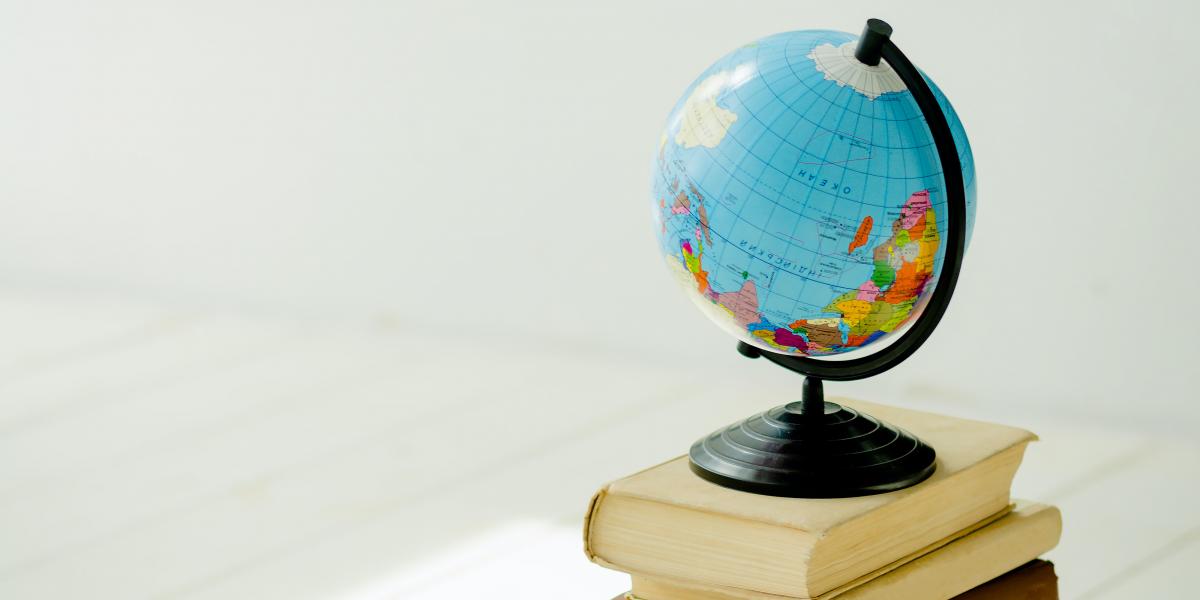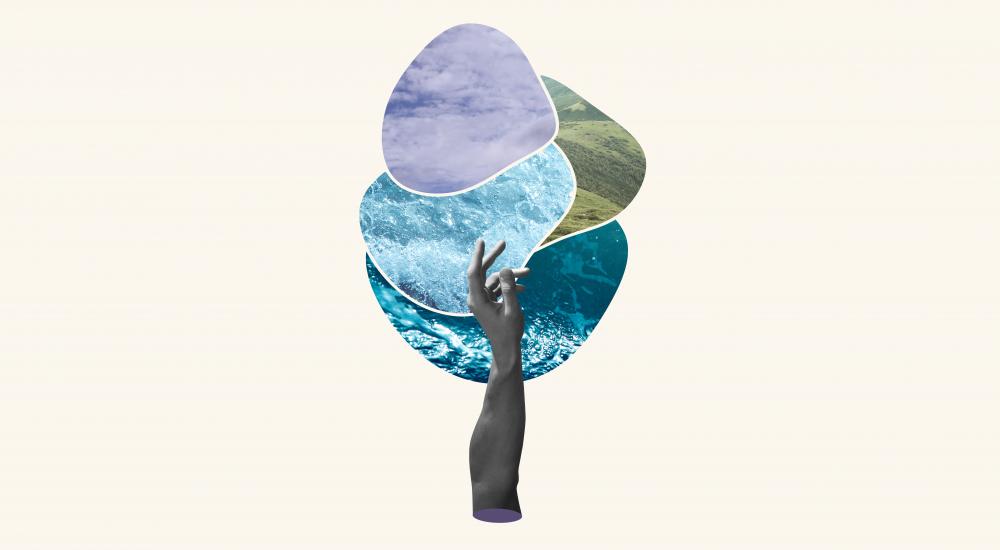Goalkeeping on a Global Scale

When international students discuss how the United Nations’ Sustainable Development Goals (UN SDGs) are being put into practice in their countries, the conversation comes to life in the international education policy class that Anne Campbell, PhD, teaches.
The discussion “brings forward a familiarity with global concepts, and [it] shifts the voices in the room when we have examples from Egypt [or] Vietnam . . . about what’s happening in that country instead of it being an abstract,” says Campbell, associate professor of international education management at the Middlebury Institute of International Studies in California. “There’s a lot of debate, discussion, and excitement.”
That’s the entire point, according to educators in and adjacent to the international education field who argue the SDGs are an essential part of preparing students across multiple disciplines for a challenging—and necessarily global—future.
“The SDGs are not tangential to professional learning,” says Lisa Sachs, PhD, director of the Columbia Law School’s Center on Sustainable Investment. “They are foundational as a way to understand our societal challenges, goals, and trajectories. . . . Curricula can consider not only how our global challenges and goals influence practice, but also how various professions can and should play a role in the necessary transformations.”
About the SDGs
The SDGs are a set of 17 broad and interconnected goals that were adopted by all UN member states in 2015 as part of the UN’s 2030 Agenda for Sustainable Development. The goals are as sweeping as they are aspirational, ranging from ending














